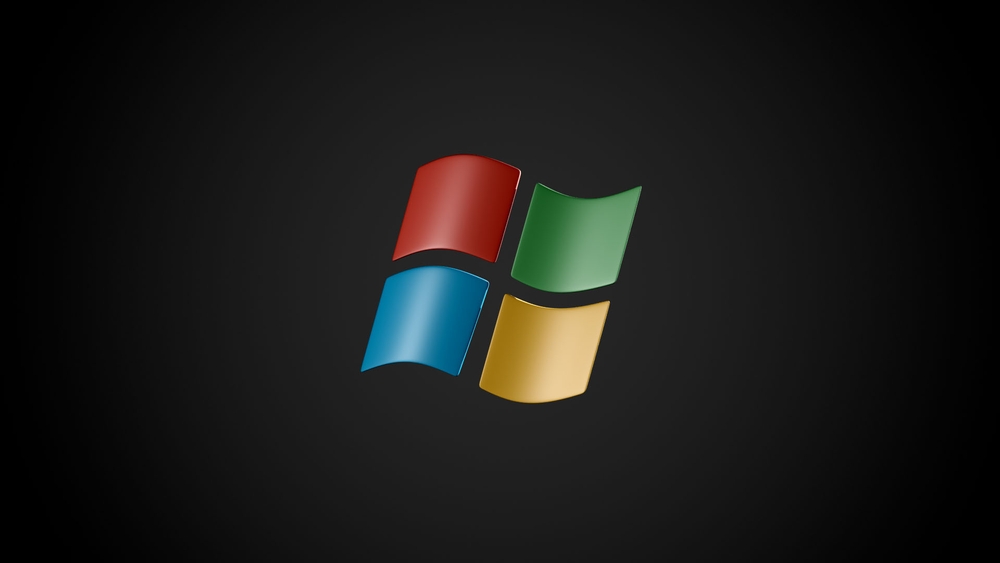Published
- 3 min read
Windows 7: Quick and Optimized Install

I haven’t been able to create a fully automated Windows 7 installation disk yet. However, I’ve taken some notes on how to set up Windows 7 as efficiently as possible.
You can download the official Windows 7 ISO files from here. Please note that this guide is based on my personal preferences and may not be the most optimized method. Nonetheless, I hope it will assist you in installing and configuring Windows 7.
1. Install
1.1 USB Install
Installing Windows 7 from a USB drive is typically faster than installing from a DVD. Follow these steps to install Windows 7 from a USB drive:
- Copy all files of the Windows 7 ISO to a USB drive (3GB free space required).
- Go to “Computer” -> “Manage” and navigate to Disk Management.
- Right-click on the partition where you copied the Windows 7 files and select “Mark Partition as Active.”
- Insert the USB drive into the PC to be set up and boot from the USB drive.
- Start the installation process.
Note: If you’re using a USB 3.0 port, you may need additional drivers to install from a USB drive.
1.2 Partitions
The primary purpose of creating partitions is to organize your files. You can create multiple partitions based on your preferred file organization. A best practice is to allocate at least 100GB of space for the operating system installation partition, to ensure sufficient space for installing additional programs.
Note: To improve performance, it is recommended to use multiple physical hard drives and configure the swap files accordingly. Placing the swap file on the same physical disk will not result in any performance boost.
2. Initial Settings
2.1 GodMode
To gain access to all configuration panels create a folder and rename it to:
GodMode.{ED7BA470-8E54-465E-825C-99712043E01C}
Open the Folder and you have Quick Access to all Panels currently available
| Item | Action |
|---|---|
| Action Center | |
| Change Customer Experience Improvement Program settings | Disable |
| Change User Account Control Settings | Never |
| Administrative Tools | |
| View local services | Windows Search (Disable)Read: Useful Services Configuration Black Vipers Guide |
| Folder Options | |
| Show or hide file extensions | Show extensions |
| Personalization | |
| Enable or disable transparent glass on windows | Deactivate |
| Show or hide common icons on the desktop | Show User Files, Show Computer |
| Programs and Features | |
| Turn Windows features on or off | Tablet PC Components (off)Windows Gadget Platform (off)(Restart Required) |
| System | |
| Activate Windows | Insert Key - Activate Windows |
| Adjust the appearance and performance of Windows | Mostly Personal Preferences for max Performance disable all |
| Allow remote access to your computer | Deactivate Allow Remote Assistance connections |
| Taskbar and Start Menu | |
| Customize the Start menu | (Personal Preference) Small Icons enables “old Windows” look and feel |
2.2 Drivers
Updating to the latest drivers can significantly enhance the performance of your device. These drivers can typically be downloaded from the support websites of the hardware manufacturers.
For tweaked graphics drivers for Nvidia and ATI, you can visit Omega drivers (Not officially supported by Nvidia or ATI) Further manual tweaking can be done with RivaTuner
3. Applications
3.1 Internet Explorer 9
To avoid downloading unnecessary updates, install Internet Explorer 9 before running Windows Update.
3.1 Ninite
Visit www.ninite.com to select from a range of free programs and download an automated installer. The free version only downloads the 32-bit versions of the programs. In some cases, it may be better to manually download and install the appropriate version, such as in the case of 7-zip.
Current Favorite Selection
| Category | Programs |
|---|---|
| Web browsers | Chrome |
| Messaging | Skype Thunderbird |
| Media | iTunes VLC Winamp Quicktime |
| Runtimes | Flash Flash (IE) Java |
| Security | Avast Spybot |
| Other | Dropbox Steam |
| Utilities | TeamViewer ImgBurn CCleaner TeraCopy |
| Compression | 7zip |
| Developer Tools | Python FileZilla Notepad++ Eclipse |
4. Clean Up
4.1 Windows Update
Run Windows Update multiple times to obtain the latest updates. If you have installed Service Pack 1, open the Command Prompt and run the following command to remove unnecessary backup files: dism /online /cleanup-image /spsuperseded
That’s all folks!!!